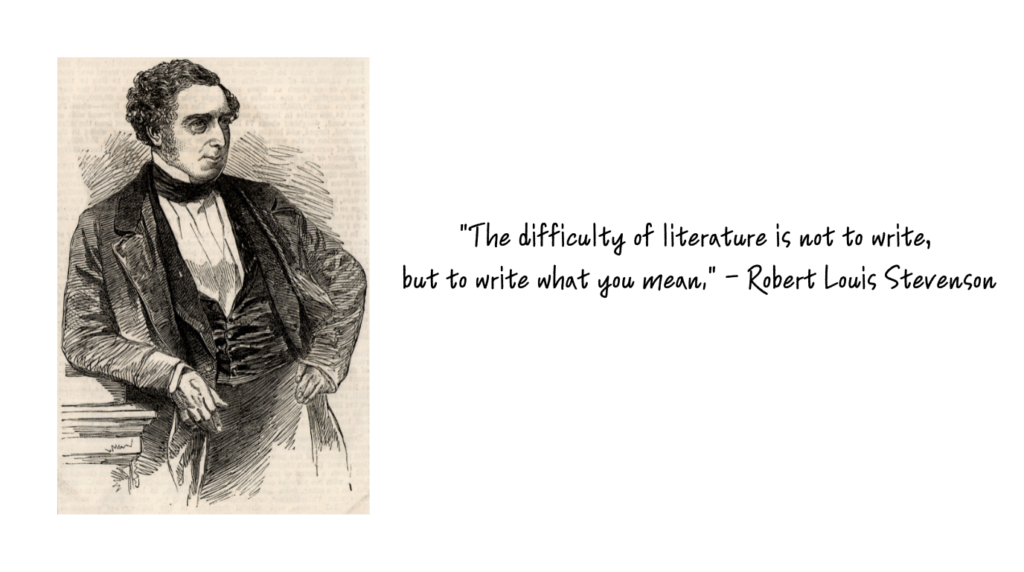
In the wide world of teaching methods, there is a wonderful blend of the captivating nature of storytelling and the clear rules of grammar and parts of speech. At first, it may seem odd to suggest using storytelling to help students learn about a challenging topic like grammar. However, when we look closer, this might be the best way to learn grammar in a more organic way, especially if it is something the learner enjoys.

Storytelling has been an integral part of human civilization for centuries, serving as a relationship-building tool and an instrument of cultural transmission. It’s a universal aspect of human experience that transcends cultural, geographical, and linguistic boundaries. Therefore, capitalizing on this inherent familiarity in teaching grammar and syntax helps to naturally mitigate the complexities associated with the subject.

From the time of Gilgamesh to the modern-day version of storytelling to portray human experience, all written works are a fundamental way of teaching a deeper understanding of language. They hold the key to the intricacies of the syntax while giving a snippet of grammar in context. This context internalizes language, which promotes the economy of understanding all the parts of grammar in an almost visceral way.

Understanding grammar is not merely about learning the rules; it’s about making sense of how language works. The very essence of storytelling is about creating meaningful narratives, which can offer a practical model for demonstrating grammar and parts of speech. Stories provide an organic context where grammar is not just a skeleton of rules but a living, breathing entity that plays a vital role in shaping the narrative, tone, and impact of the narrative.
Through literature, grammar becomes less stale, less sterile. In this, a remedy presents itself as a bigger connection between elements of speech and intimacy within a written piece. Through the imagery that writing provides, the once formulaic, rote process of learning a language becomes fluid and dynamic, leading to a more robust mental interaction.

Consider, for instance, using a fairy tale to illustrate different parts of speech. The various characters and elements in the story can efficiently demonstrate all the critical components: adjectives describe the protagonist, verbs delineate their actions, and adverbs elaborate how these actions are carried out. Interjections can be shown through characters’ exclamations, while conjunctions and prepositions can be presented through the transitions and spatial relations within the tale.

The strength of storytelling lies in the fact that it anchors abstract grammatical rules to memorable plot events and characters. When students recall the fearless knight (noun) quickly (adverb) slaying (verb) the ferocious dragon (adjective + noun), they are more likely to remember the grammatical concepts connected to each character and event in the story.
Moreover, stories create a dynamic learning environment that encourages exploration and inquiry. Students can actively engage with the text, identifying and classifying different parts of speech, exploring sentence structures, and analyzing the grammatical construction of the narrative. They can rewrite portions of the story, experiment with variations, or craft their narratives, applying their understanding of grammar rules.

Stories from childhood that we remember can be a wonderful way for adults to reconnect with the past. They bring back memories and help us review grammar concepts we haven’t thought about in a long time, just like dusting off old books. This offers a chance to reflect on past experiences while going over grammar in a fresh way. This new perspective helps connect the basics of grammar with enjoyable memories. The extra factor here is important because many studies show that emotions, especially positive ones, effect how well we remember and recall information when we learn. This added element is quite important, as many studies have shown that it is well established that emotions, particularly positive ones, do in fact influence memory retention and recall when it comes to learning. (Tyng, C. M., Amin, H. U., Saad, M. N. M., & Malik, A. S. (2017).

Likewise, in a storytelling-based teaching approach, ambiguity and subtle nuances, usually deemed as challenges, become opportunities for learning. The linguistic flexibility in stories exposes students to different dialects, sentence structures, and idioms. They learn to appreciate the richness of language and understand that while grammatical rules provide a framework, it is their thoughtful application that brings color and texture to our speech and writings.
Furthermore, combining storytelling with technology, such as digital storytelling tools, can further enrich grammar teaching. Students can illustrate their grasp of grammatical concepts by producing multimodal narratives incorporating text, images, sound, and video. These experiential learning opportunities not only cultivate critical thinking and creativity but also develop digital literacy skills, which are highly coveted in the 21st-century learning landscape.

In conclusion, storytelling provides an inspiring, engaging, and effective method for teaching grammar and parts of speech. By breathing life into abstract rules and structures, it helps students see grammar not as an insurmountable mountain of rules but as a helpful guide on their journey to master language. However, the success of this approach demands teachers to offer thoughtful guidance, feedback, and opportunities for practice. This way, every student can navigate the twisting turns of grammar with increased confidence, fascination, and perhaps, a little less trepidation. It’s time we change our narrative about grammar learning from a tale of dread to one of adventure and discovery.
Citations
Tyng, C. M., Amin, H. U., Saad, M. N. M., & Malik, A. S. (2017). The influences of emotion on learning and memory. Frontiers in Psychology, 8, Article 1454. https://doi.org/10.3389/fpsyg.2017.01454